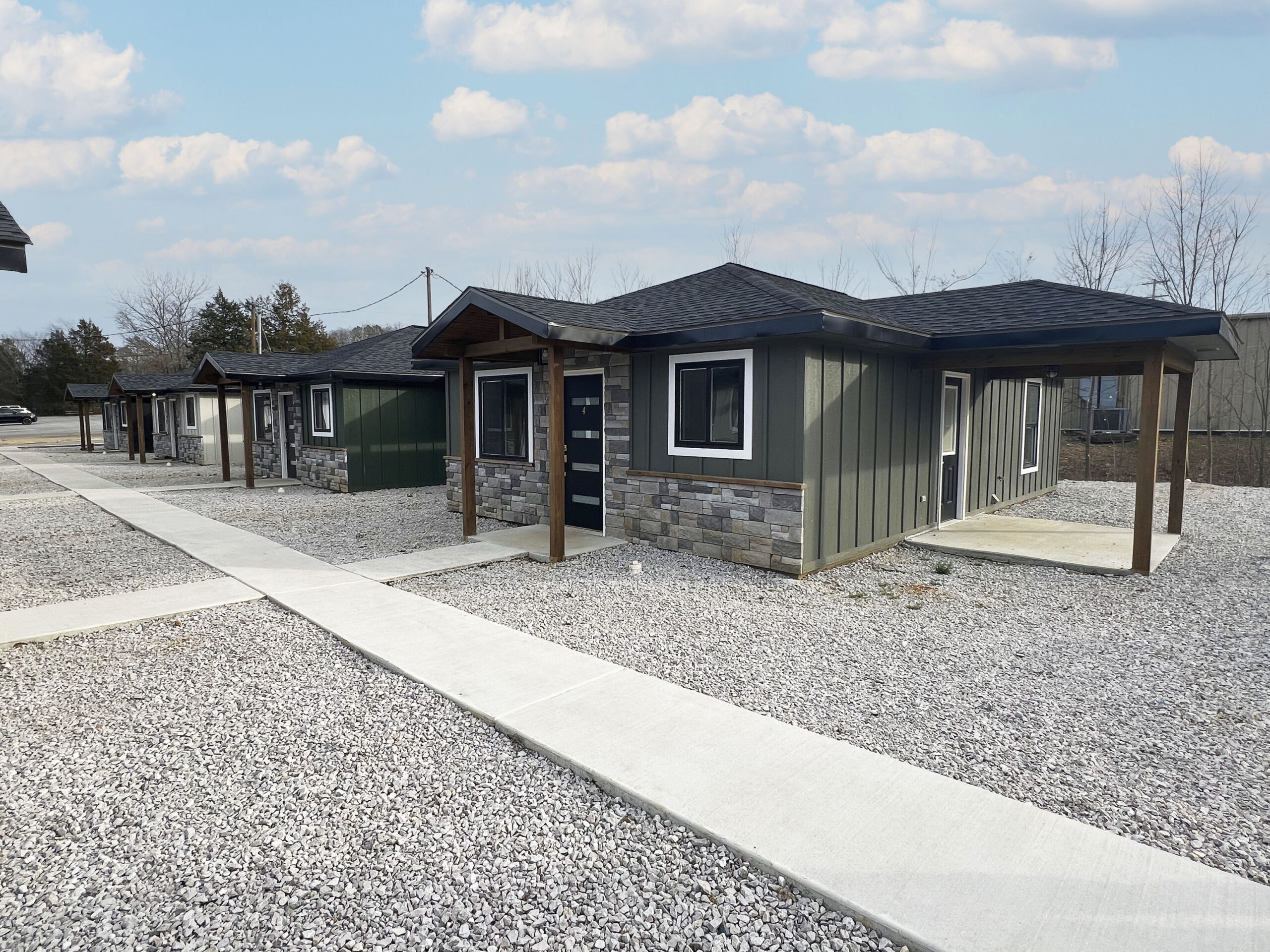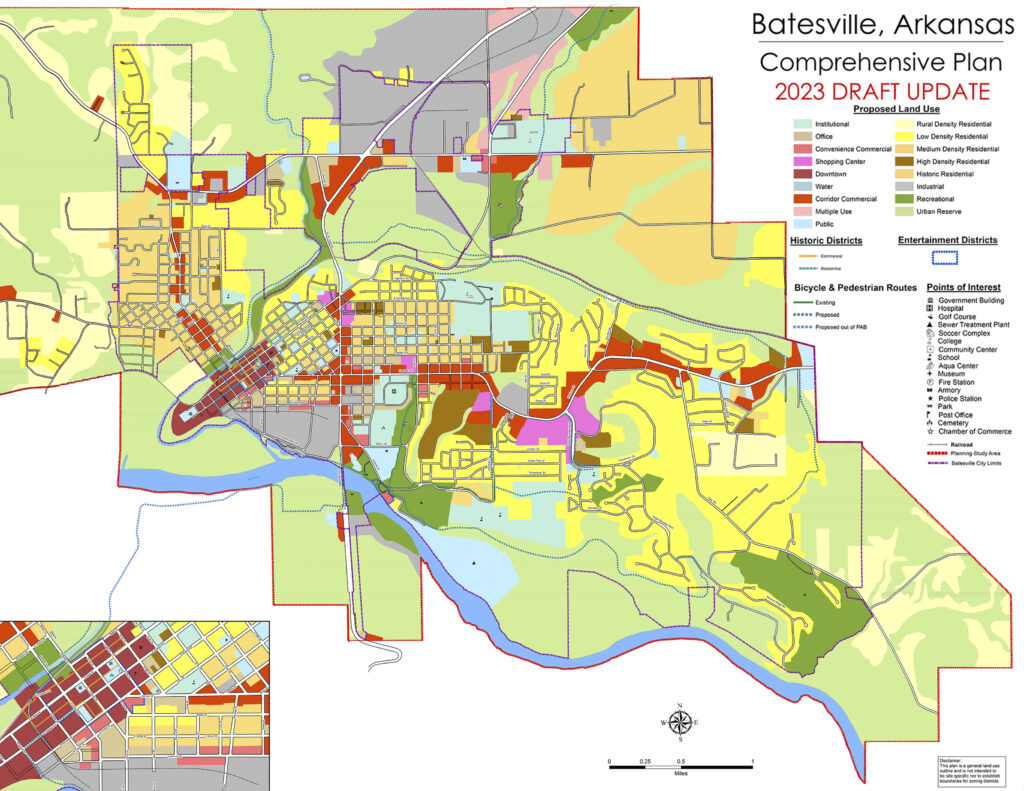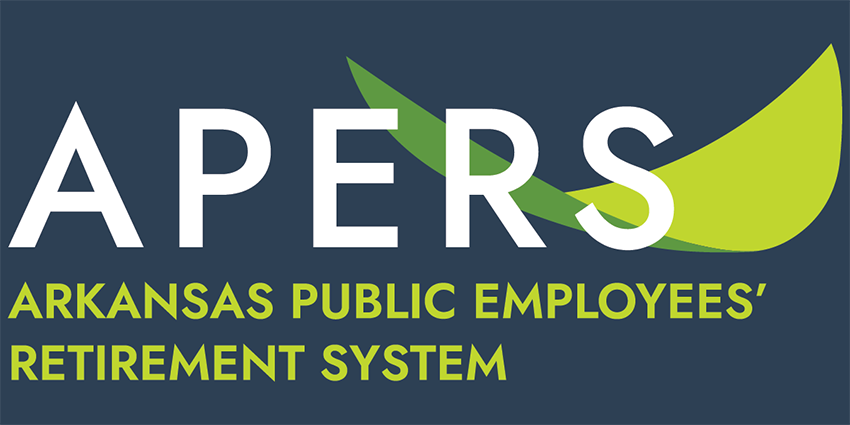As if the zoning of private property fails to confuse folks enough, planners now deploy concepts that vary in intent and definition. Oh, they define them no doubt, each city in its own way and application. This can confuse those within the government of a city and strangers seeking to do business there. Let’s take a look.
The subjects consist of concepts used in almost all zoning codes. Through long usage and general judicial acceptance, planners take them for granted. Problems occur from the fact that there is no specific enabling legislation for zoning concepts, nor is there a legal definition of these terms other than what a city employs. As mentioned, they prove confusing for elected officials, planning commissioners, intercity developers and sometimes professional planners themselves.
Take, for example, “conditional uses.” In theory, such uses simplify the zoning code and allow flexibility. In actual usage, the administration of this zoning concept is “all over the place.” Processing of individual cases is neither consistent from city to city nor, sometimes, among different cases in a particular city.
What are conditional uses? As conceived by planners, they allow flexibility in zoning with proper review by the city. They are sometimes called “special uses” or “uses permitted on review.” They serve to differentiate between a use permitted “by right” and a use that, while desired, deserves special analysis when proposed for a specific site.
In simple terms, some uses fit in a particular zoning district but not on every location without detailed review and permission. The proper administration permits the use on a site only if it meets plan objectives without disrupting the area in which it is located. Although not recommended, some cities informally employ them as “uses permitted depending upon who proposes them.” Planners call this “zoning by personality.”
How are they administered? The planning commission may impose conditions for location at a specific site to make the use viable. For example, an imposed condition may restrict lighting or noise levels. Other conditions may affect parking or circulation.
Some cities impose what might be termed “threshold conditions.” These are conditions that, when met, may allow use at the location. In some cities, meeting the threshold conditions does not assure approval. It merely allows consideration of the proposal. The planning commission may impose additional conditions to make the use viable at that location. The proposal may also suffer denial due to the ubiquitous “NIMBY Veto” by adjoining property owners.
See the confusion? In all instances, the application of a conditional use should conform to the land-use principles of the city’s plan and the zoning code itself. Clear standards should exist to prevent the conditional use concept from simply undermining the plans and the intent of municipal zoning. Properly administered, the conditional use may allow flexibility in administration and creativity in execution. It may also help prevent a plethora of zoning districts, a malady affecting many current zoning codes.
In other words, it is helpful with conditional uses to define them carefully and include specific criteria for their application.
Another undefined planning concept is the popular planned-unit development (PUD). This describes a type of development that allows a developer to meet overall community land-use goals without being bound by existing zoning requirements. These have been around for a while, initially designed to allow innovative ideas such as cluster housing with higher densities and open space provided for balance in comparison with a traditional zoning district.
As observed in the research paper New Perspectives on Planned Unit Developments by Daniel R. Mandelker (Real Property, Trust, and Estate Law Journal, Fall 2017), “Other types of planned-unit developments [currently] include (1) single-use development, such as residential or nonresidential development, with an increase in density; (2) mixed-use development with or without an increase in density; and (3) a master-planned community.”
Both the city and the developer should benefit from a PUD. The developer receives flexibility not allowed under by-right zoning. The city receives the right of discretionary review. The city additionally benefits from the requirement that completion of the project must follow the development plan approved as a PUD. This avoids the common “bait and switch” tactic. In this, a rezoning is naively approved under the assurance that a desirable use is intended only to have a less desirable, but nonetheless permitted, use appear.
In the early days, PUDs consisted of large-scale developments requiring significant acreage. It is still common to find cities requiring 20 acres or more for a major development and five acres or more for a small one. Considering that a typical city block contains around two acres, assembling that much vacant land in a mature city may prove difficult. Consequently, some cities have reduced minimum size requirements and use PUDs as a tool for infill development.
Early PUD regulations allowed, as mentioned, higher density residential development when offset by open space. Requiring open space in PUD regulations still appears in many zoning codes. Although often desirable, the strict application of this may result in maintenance issues and vacant land that is not part of the city’s parks and open-space plan. It may also add unnecessary maintenance costs to the municipal budget. Flexibility always benefits the design of PUD regulations.
Regulations governing this type of use should clearly state the goals and objectives intended to support their use. They should also form barriers to prevent the use of a PUD to bypass inconvenient provisions of the zoning code. Clearly stated objectives can reduce the possibility of PUDs that serve a political purpose rather than a planning one.
The next type of undefined zoning type receives a great deal of discussion these days. Overlay districts are both admired and scorned, depending upon who benefits and who must comply. These are specified geographic areas that involve one or more existing zoning districts. Within those specified areas, additional regulations are imposed or, as indicated by the name, “overlaid.”
Such tools prove useful in protecting sensitive environmental historic areas. They can also promote more stable development along vulnerable corridors.
Although in most known cases the regulations add restrictions, there might be occasions in which permissive overlays could support plan goals.
Concerns for the use of overlay districts include overuse and over complication when simpler solutions might work. They add complexity to the development process and create differences in the flexibility of using property in one location as opposed to comparable properties in other locations. Finally, such districts should not promote exclusionary zoning.
Overall, the use of undefined zoning concepts can fail for several reasons. A lack of proper definition heads the list. The code should frame this clearly with criteria for its use. Any zoning regulation should, primarily, seek to address a need benefiting the health, safety, welfare and morals of the community as expressed in the city’s plans. If it doesn’t, toss it out.
Another difficulty rests in the need to apply the use fairly and consistently. Planning commissions face a difficult assignment of balancing the needs of the city with the needs of the property owner. This proves particularly important in dealing with “undefined concepts.” Professional help and planning commissioner training are essential.
Finally, zoning codes should include criteria that distinctly control their administration. Such criteria should also eliminate the possibility of politicking or filibustering to gain approval or denial of a project.










